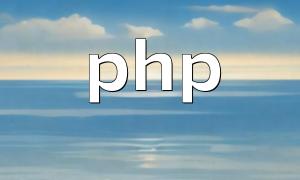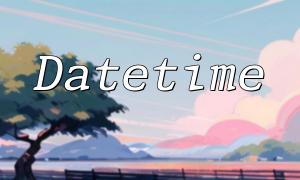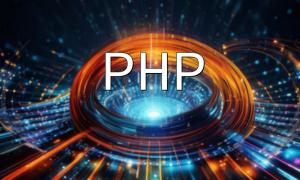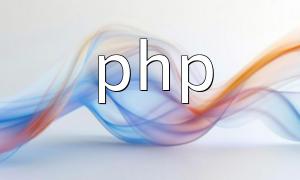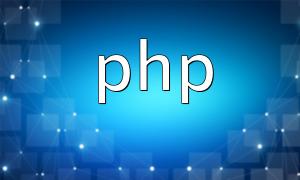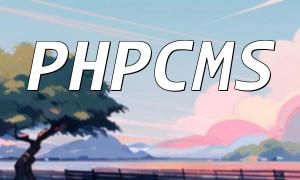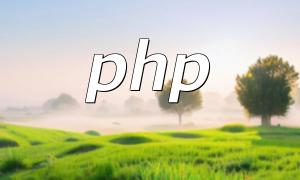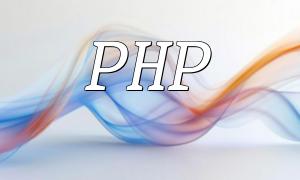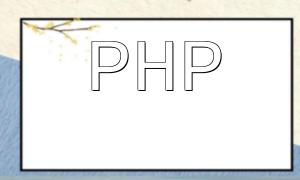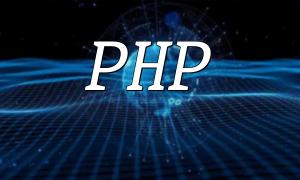In web development, image processing directly impacts user experience and visual appeal. Using PHP's GD library for image creation and editing is common, but unoptimized images can appear blurry. This article introduces practical PHP image optimization methods with code examples to help you generate sharp and clear images.
The format and quality of an image significantly affect its clarity. For photo-like images, JPEG is recommended with a reasonable quality parameter to preserve details. For images with transparency or high fidelity, such as logos, PNG is preferred. If animation or simple transparency is needed, GIF can be used.
In PHP, functions like
imagejpeg(),
imagepng(), and
imagegif()can save images while setting quality and transparency. Example of saving a JPEG image:
// Create a blank canvas $image = imagecreatetruecolor(200, 200); // Set background color to white $bg_color = imagecolorallocate($image, 255, 255, 255); imagefill($image, 0, 0, $bg_color); // Draw a red rectangle $red_color = imagecolorallocate($image, 255, 0, 0); imagefilledrectangle($image, 50, 50, 150, 150, $red_color); // Save as JPEG with quality 80 imagejpeg($image, 'output.jpg', 80); // Free resources imagedestroy($image);
Images often need resizing or cropping for different display scenarios. PHP provides
imagecopyresampled()and
imagecopyresized()to adjust dimensions while maintaining clarity. Proper interpolation helps reduce distortion during scaling.
// Open an image file
$source_image = imagecreatefromjpeg('source.jpg');
// Create a blank canvas
$target_image = imagecreatetruecolor(100, 100);
// Resize the image
imagecopyresampled($target_image, $source_image, 0, 0, 0, 0, 100, 100, imagesx($source_image), imagesy($source_image));
// Save as JPEG
imagejpeg($target_image, 'output_resized.jpg', 80);
// Free resources
imagedestroy($source_image);
imagedestroy($target_image);Adding text to images is a common requirement for posters, advertisements, and graphics. PHP's
imagettftext()function supports TrueType fonts for clearer and more aesthetic text rendering. Choosing the right font, size, and color ensures readability.
// Create a blank canvas $image = imagecreatetruecolor(300, 200); // Set background color to white $bg_color = imagecolorallocate($image, 255, 255, 255); imagefill($image, 0, 0, $bg_color); // Set text color to black $text_color = imagecolorallocate($image, 0, 0, 0); // Add text $text = 'Hello, World!'; $font_size = 20; $font = 'arial.ttf'; // Font file path imagettftext($image, $font_size, 0, 100, 100, $text_color, $font, $text); // Save as PNG imagepng($image, 'output_text.png'); // Free resources imagedestroy($image);
By selecting the appropriate image format, resizing with proper ratios, and rendering text correctly, PHP drawing can achieve sharp and clear results. Mastering these optimization techniques enhances the visual quality of web images across different scenarios.
